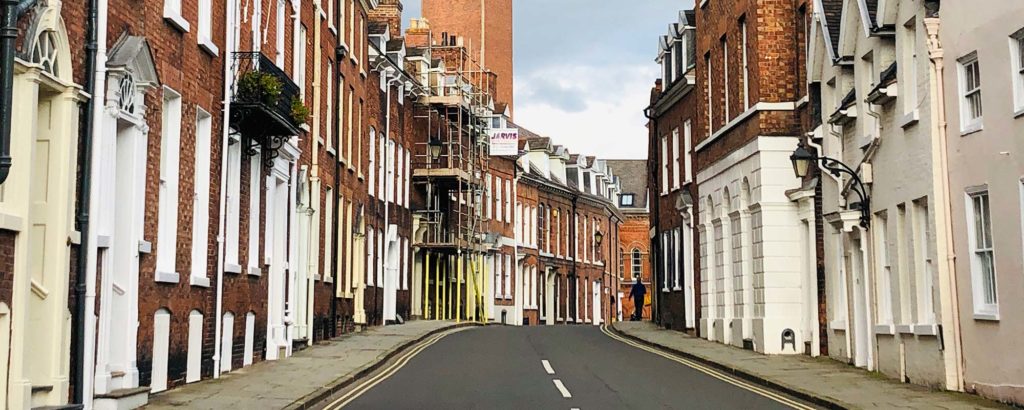
Flipping houses – the process of buying, renovating and then quickly reselling properties for profit – has become a popular way to make money in the past couple decades. Entrepreneurs and investors who flip houses aim to turn a profit by improving and selling them on for more than the purchase price plus renovation costs.
The prospect of fixing up houses and selling them for more is alluring. TV shows make flipping look easy, but they often fail to show all the risks involved. So, can you really make money flipping houses? Is it the get-rich-quick scheme it might appear to be?
While house flipping can be lucrative, it also carries significant risks that need to be understood and managed for it to work as a successful business venture. This blog will examine the house flipping business model and outline key considerations you need to make before investing.
Do your homework
Thoroughly researching a property is arguably the most important step when flipping a house. The more diligent your prep work, the better prepared you will be to accurately estimate your costs and potential profit. Buying without a survey could result in you investing in a money pit that lowers your potential profits.
Start by understanding the local property market in your desired area. Research sales prices for comparable homes and speak to local estate agents to get a sense of typical home values and demand. This will help you determine if a property is undervalued and has profit potential. Be conservative in your projected resale price.
Next, meticulously evaluate the property’s condition and create a comprehensive budget for renovations. A property survey will help you to understand the full scope and costs of needed repairs, so you can budget accordingly for issues that often crop up in refurbishment projects.
What makes a good property to flip?
When searching for a profitable home flipping opportunity, target properties that need cosmetic upgrades and some structural improvements, not a complete renovation. You should be looking for outdated but structurally sound houses in a desirable location.
Focus your search on 2-3 bedroom, single-family homes that attract the widest pool of buyers. Central heating, indoor plumbing, double glazed windows and other basics should already be in place so you can focus your budget on adding value rather than fixing critical issues.
You may also want to look for properties where you can add space and functionality affordably such as converting unused spaces into an extra bedroom, bathroom or home office. Opening up floor plans, upgrading kitchens and bathrooms, and freshening façades typically yield good ROI.
Carry out refurbishments
Once you’ve purchased the property and secured financing, it’s time to start the hard work of refurbishments. Plan improvements that align with the tastes of your target homebuyer. For example, the features you add in for a family will differ from those for a young professional getting their first step on the property market. Focus on maximising ROI with renovations like kitchen and bathroom updates or new flooring which will appeal to most buyers.
You also need to determine if you’ll manage the project or hire a general contractor to do the work for you. Be realistic about your DIY skills here – a contractor can coordinate all subcontractors and keep the project running on time and budget, which may be worth the investment for you to save you time. If you DIY, be prepared to invest significant sweat equity.
Stick closely to your planned scope of work, as unexpected repairs and delays can quickly eat into slim flip margins. With prudent renovations and effective project management, you can complete the prescribed flips to maximise potential profits.
Listing and Staging the Property
Once renovations are complete, it’s time to get your flipped house on the market. Get a property valuation to ensure you’re pricing it competitively based on your final renovated condition and hire an experienced local agent to list the property, making sure listing photos and descriptions highlight your improvements.
Staging can significantly decrease time on market and increase the sale price you ultimately receive. This involves decluttering and, most importantly, depersonalising the space so buyers can imagine themselves living there more easily.
Invest in some minor upgrades like stylish fixtures, textiles and a few neutral decorative elements to make rooms pop. Aim to spend 1-2% of your projected sale price on staging – this investment can really pay off but you don’t want to eat into your profits too much. A clean, contemporary, move-in ready home will attract more buyers and commands higher prices.
Flipping houses can be an exciting and lucrative investment strategy when executed correctly. However, the risks are real and should not be underestimated. For those willing to learn the ropes and work hard, house flipping can be an appealing avenue to generate significant returns.
But it’s important to note that it’s not a simple get-rich-quick scheme, despite its portrayal otherwise. By going in with eyes wide open to the challenges and pitfalls, investors can potentially reap sizeable rewards improving and selling undervalued homes over time.
For specialist advice to help you make the right choice when investing in a property, contact our team of experienced surveyors today.

